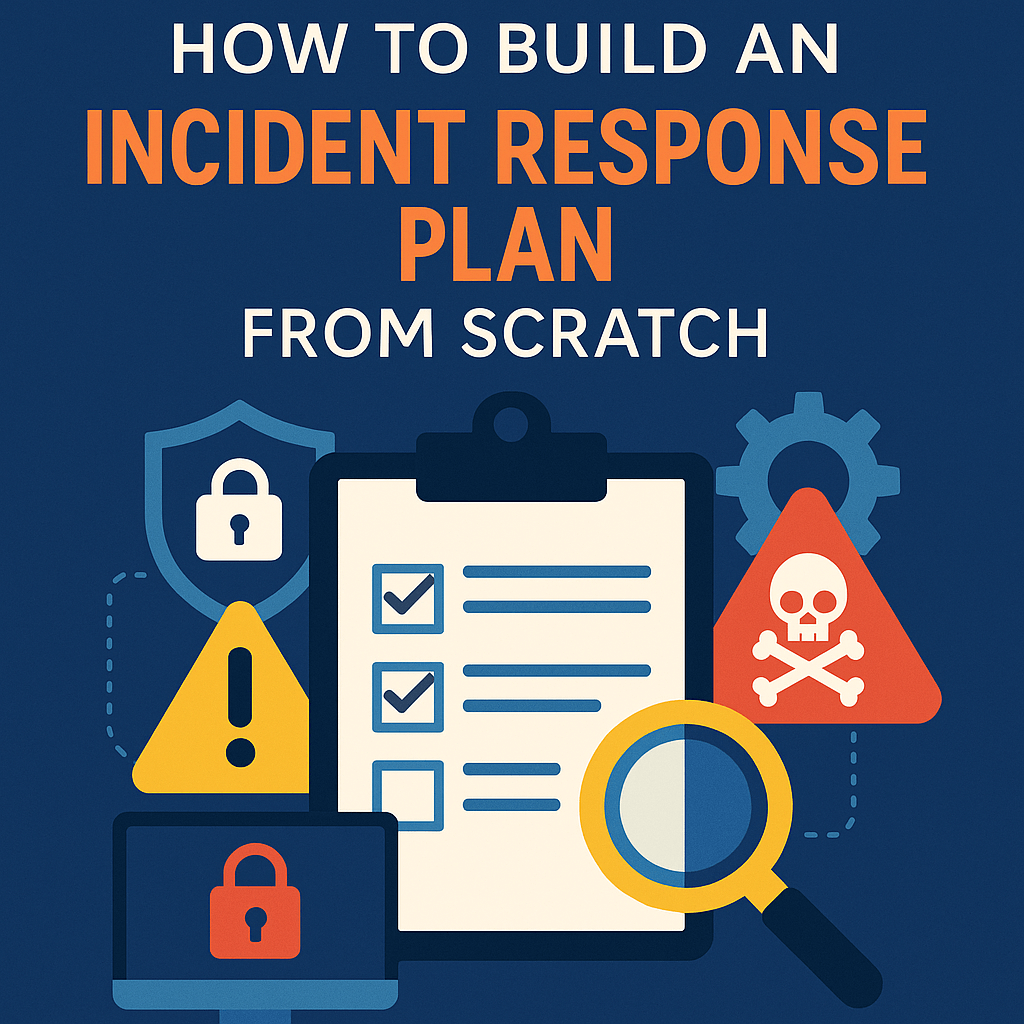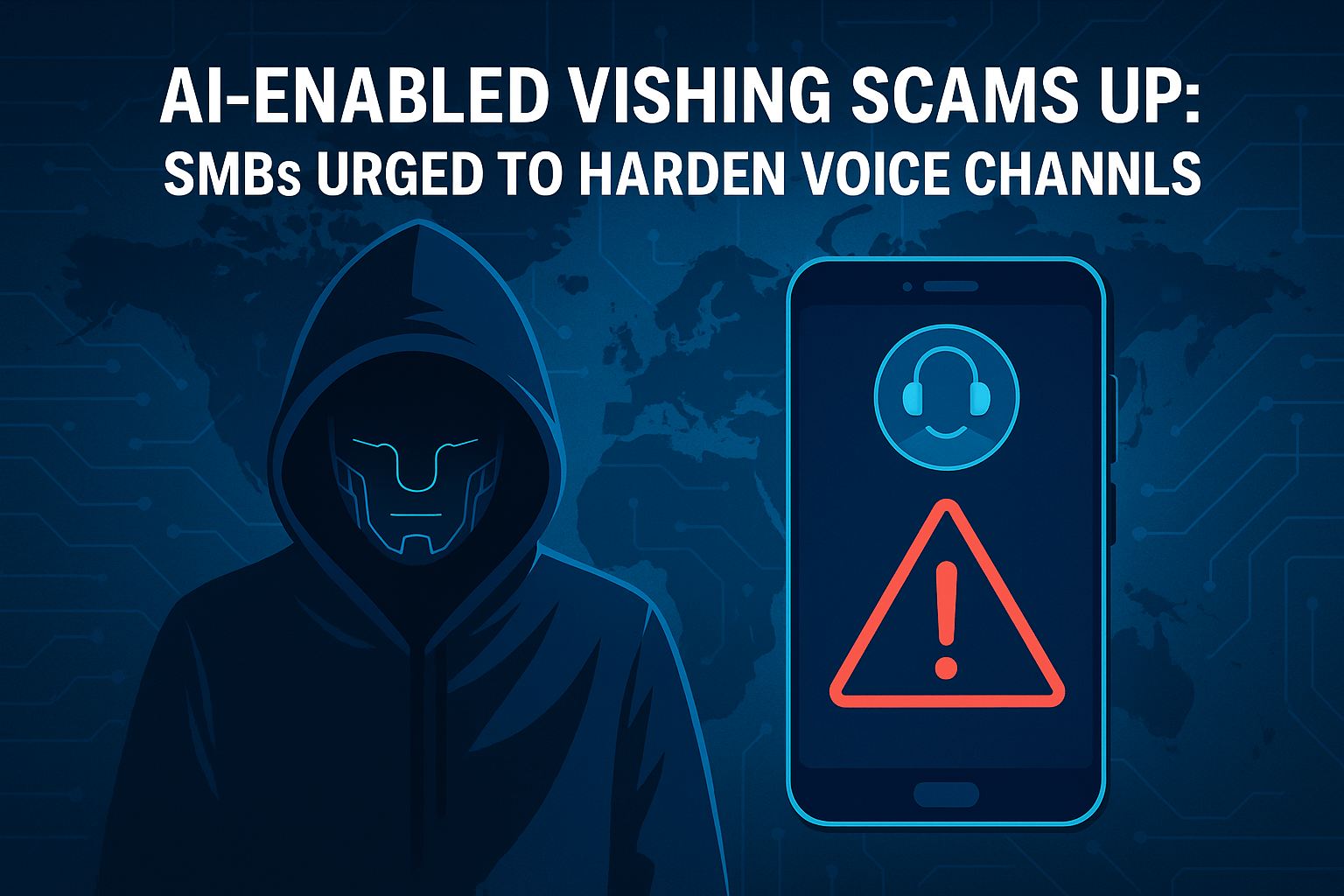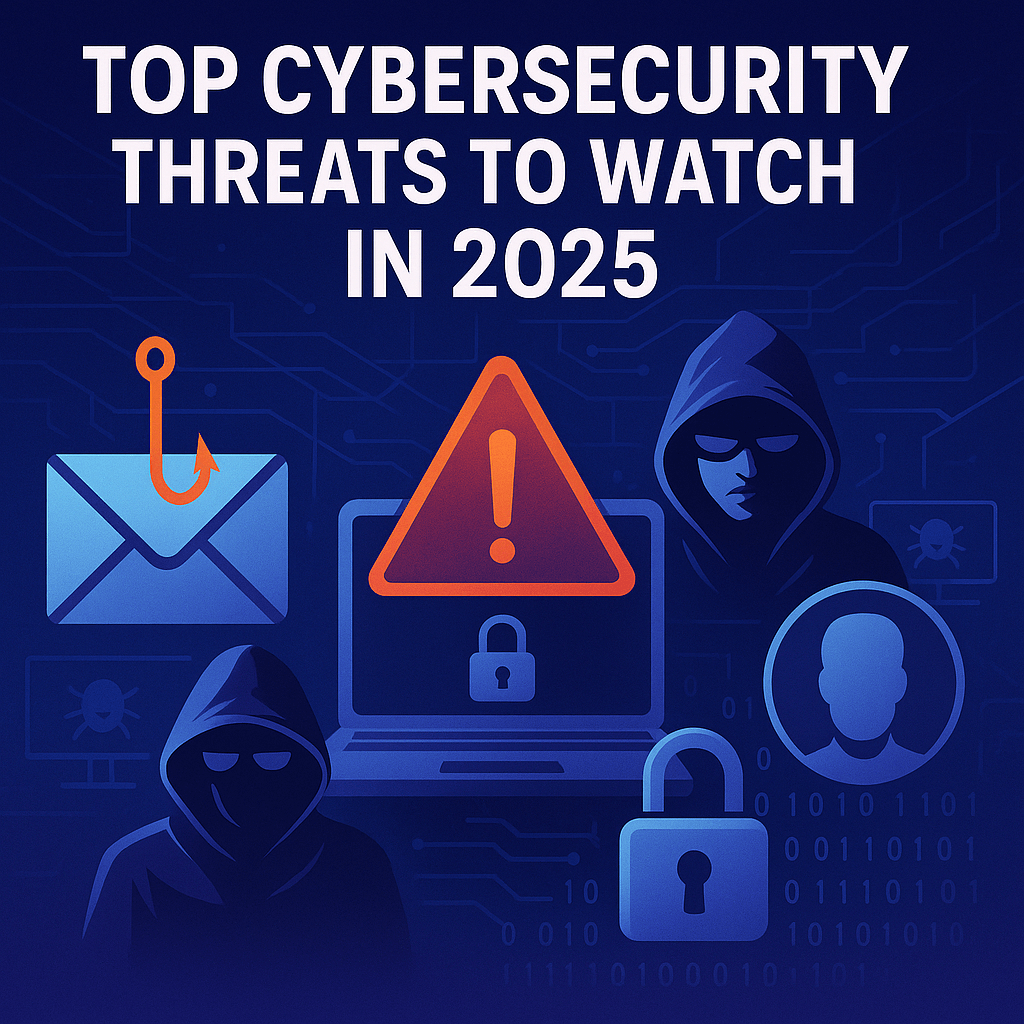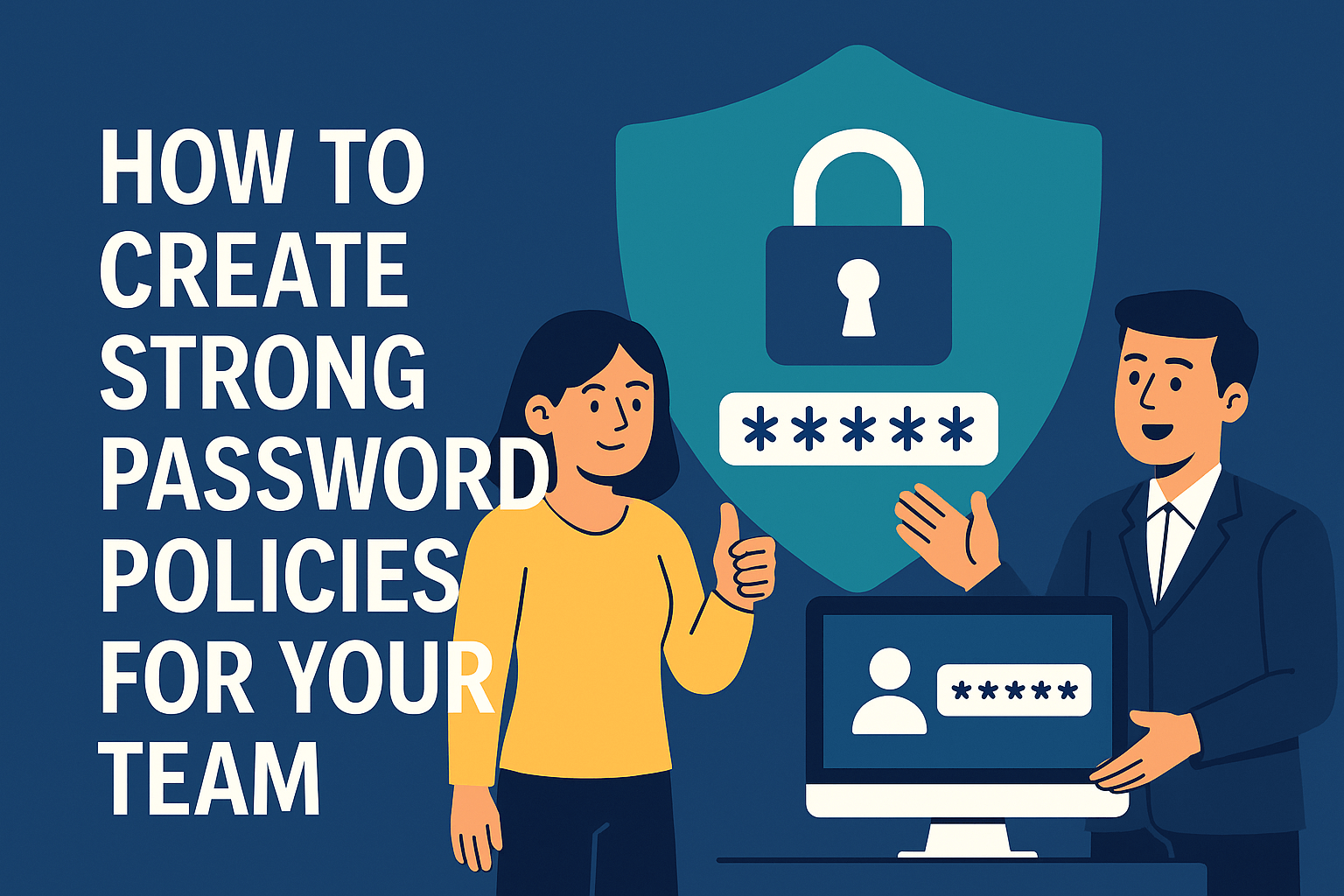Secure Your Small Business
Explore our curated tools and guides to build a strong cybersecurity foundation.
Start with the SMB Cybersecurity Checklist43%
of cyberattacks target small businesses
61%
of SMBs were attacked in the last year
$120k
average cost of a breach for SMBs
95%
of breaches involve human error
Explore Cybersecurity Learning Tracks
Cybersecurity 101 for SMBs
Learn the foundational concepts every business owner should know.
Start LearningThe Ransomware Playbook
A comprehensive training program designed specifically for SMBs to defend against ransomware
Start LearningTop Threats in 2025
Understand today’s biggest cybersecurity risks and how to prepare.
Start LearningTop Cybersecurity Threats Haunting SMBs
Understanding these common threats can help small businesses prevent costly cyber incidents.
1. Phishing Emails
Attackers impersonate trusted sources to steal credentials or deliver malware.
🔐 Remediation: Train staff, enable email filtering, and enforce MFA.
2. Weak Passwords
Simple or reused passwords make it easy for attackers to break in.
🔐 Remediation: Enforce complexity and deploy password managers.
3. Outdated Software
Unpatched apps and systems are prime targets for known exploits.
🔐 Remediation: Schedule automated updates across your fleet.
4. Ransomware Attacks
Malicious encryption can halt business and demand hefty payments.
🔐 Remediation: Backup data, isolate endpoints, and train users.
5. Insider Threats
Unintentional or malicious employee actions can cause major damage.
🔐 Remediation: Apply least privilege and log internal activity.
6. No Cyber Policy
Lack of clear expectations leads to confusion and risk-taking behavior.
🔐 Remediation: Draft a policy and train staff on best practices.
Free Cybersecurity Tools & Downloads
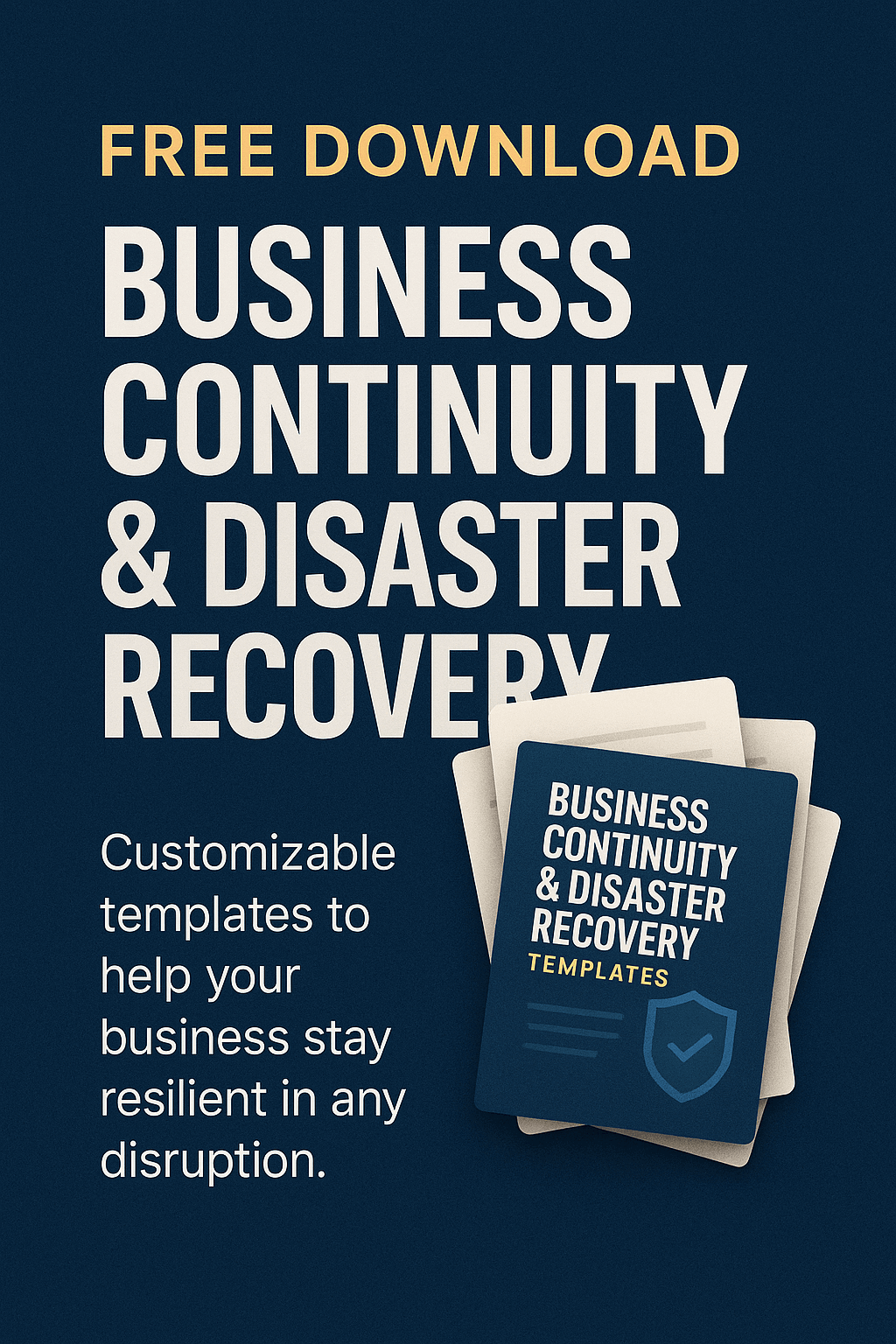
Business Continuity & Disaster Recovery Policy Toolkit
No spam. Unsubscribe anytime.
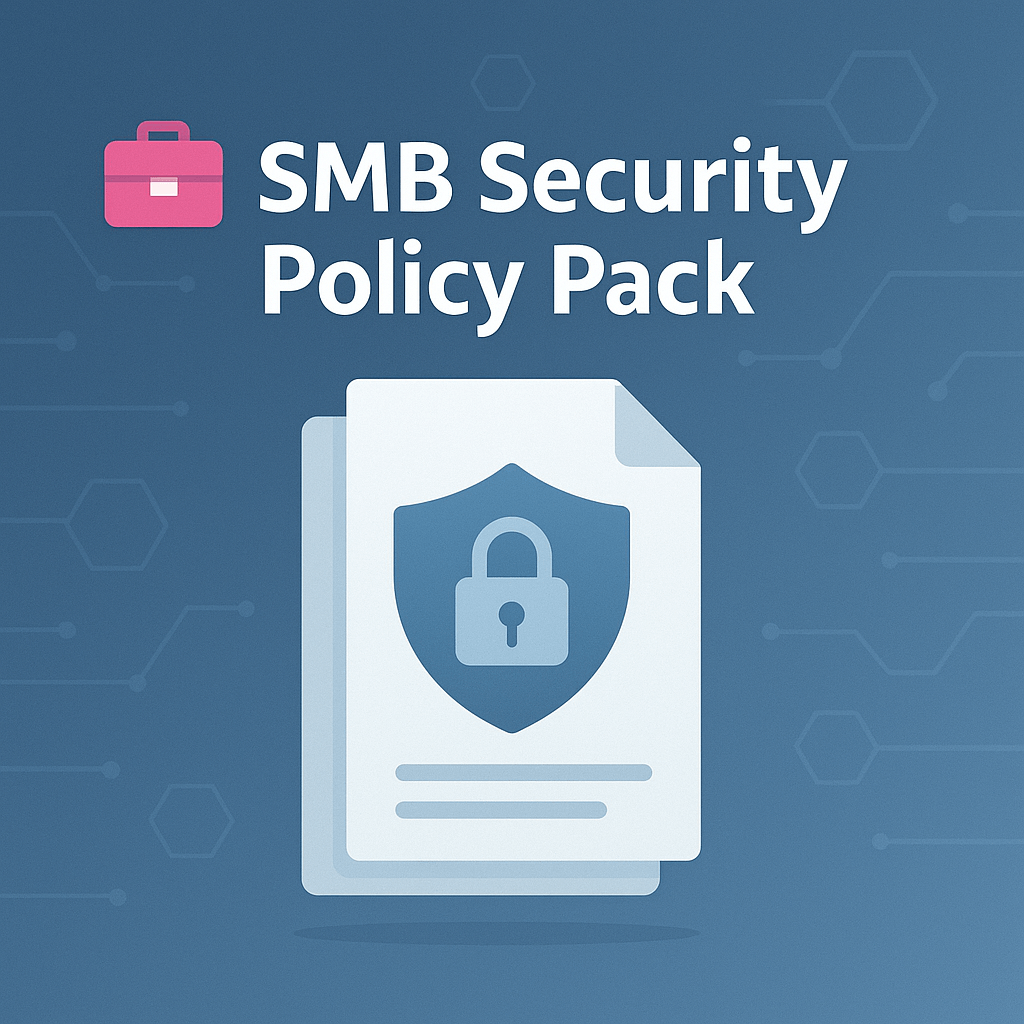
Essential Security Policy Pack for SMBs
No spam. Instant download. Unsubscribe anytime.
Cybersecurity Frameworks & Regulations
Whether you're a local IT firm, healthcare clinic, or SaaS startup, understanding these core frameworks is key to staying secure and compliant.
NIST CSF
GeneralA flexible framework to manage cybersecurity risks methodically.
- 5 Core Functions: Identify, Protect, Detect, Respond, Recover
- Ideal for risk-based planning
- Widely adopted across industries
CIS Controls
SMB FriendlyA practical set of controls for SMBs to reduce cyber risk.
- Prioritized & tiered (IG1-IG3)
- Step-by-step guidance
- Free resources & checklists
SOC 2
SaaSA standard for data protection in B2B SaaS environments.
- 5 Trust Principles
- Audit-based with external attestation
- Often required for vendor contracts
ISO/IEC 27001
GlobalAn international standard for information security management.
- Builds an ISMS (Information Security Management System)
- Certification shows maturity
- Applies to all industries
PCI DSS
FinanceRequired for businesses that process credit/debit card payments.
- Protects cardholder data
- Encryption, tokenization, access logs
- Self-assessment or third-party audit
FTC Safeguards Rule
U.S. RegApplies to SMBs in finance or who handle consumer financial info.
- Requires data encryption & MFA
- Risk assessments & incident response
- Enforced by FTC in the U.S.
Cyber Essentials
UKUK-backed certification for basic cybersecurity hygiene.
- Firewall, patching, malware protection
- Simple checklist for SMBs
- Includes optional Cyber Essentials Plus audit
Recommended Tools for Small Business Security
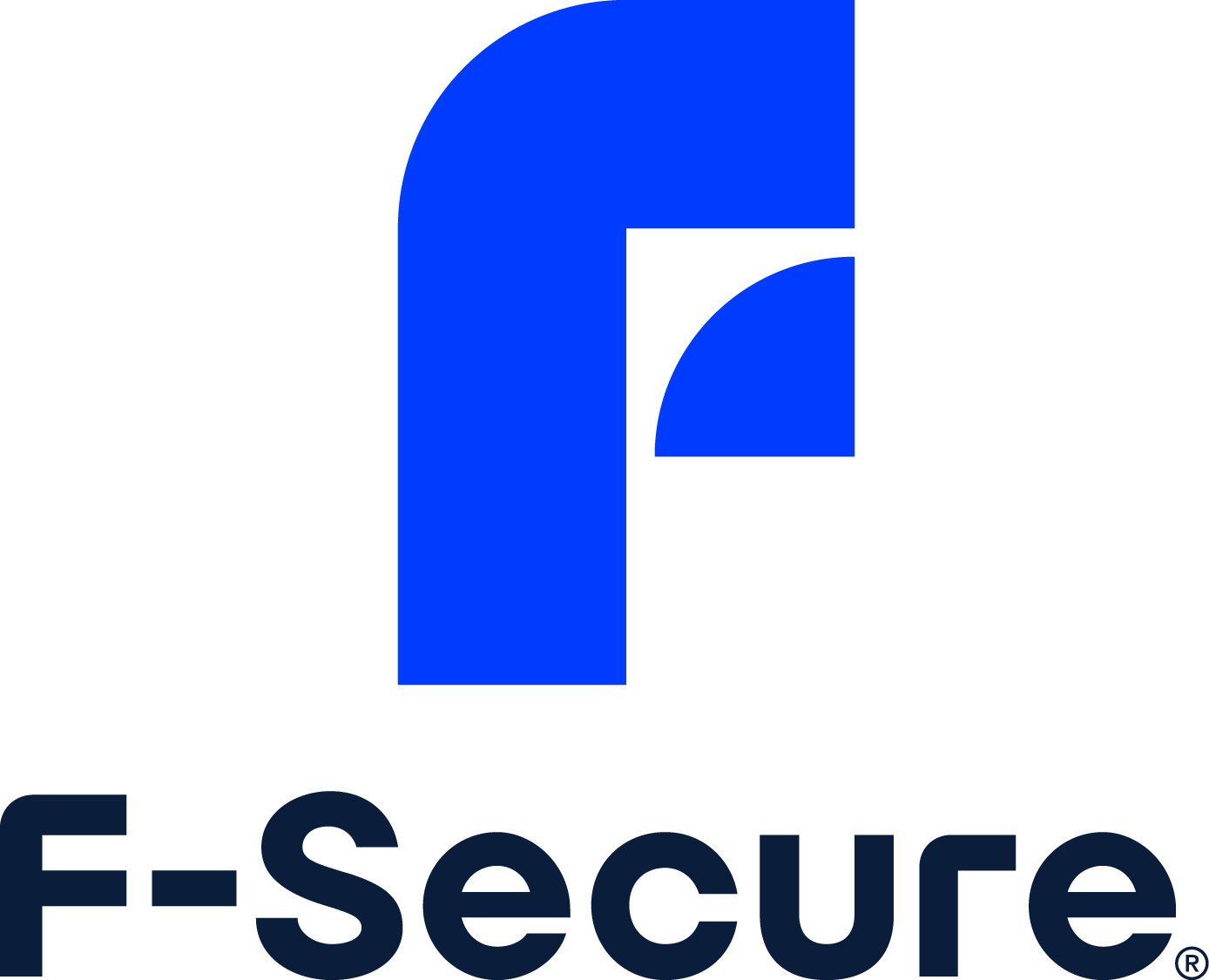
F-Secure VPN for Business
Secure remote access for employees with reliable encryption and no-log protection.
Secure remote access
Tenable Vulnerability Management
Continuous visibility into your assets, vulnerabilities, and risks across your attack surface.
Scan for vulnerabilities
Veeam Backup & Recovery
Secure your business data with powerful backup, replication, and disaster recovery solutions.
Protect your data
Malwarebytes
Advanced antivirus and anti-malware protection tailored for SMBs with centralized management.
Protect your team nowLatest Insights from InfoDefenders
The InfoDefenders Blog provides the latest news, cybersecurity tips, and more to keep your SMB safe from threats!
